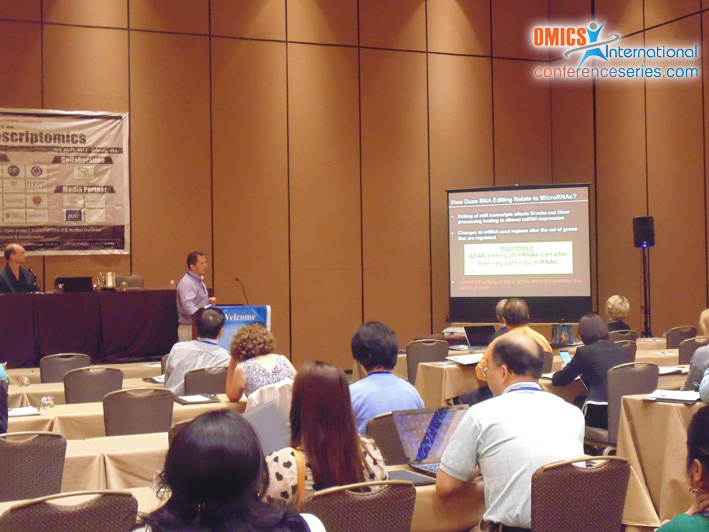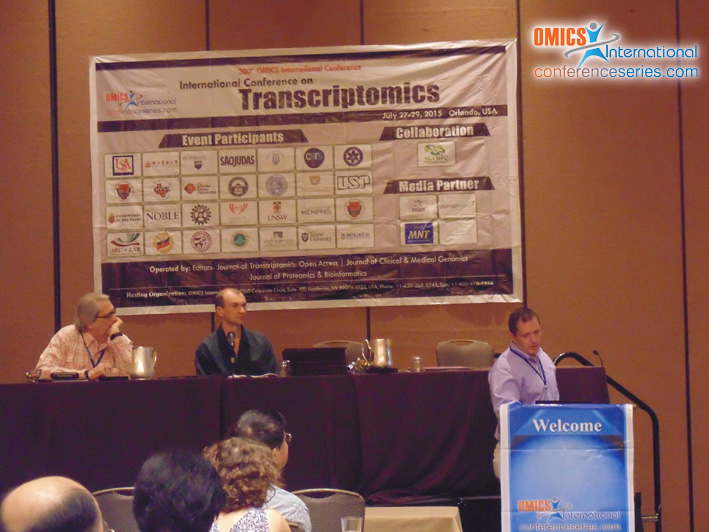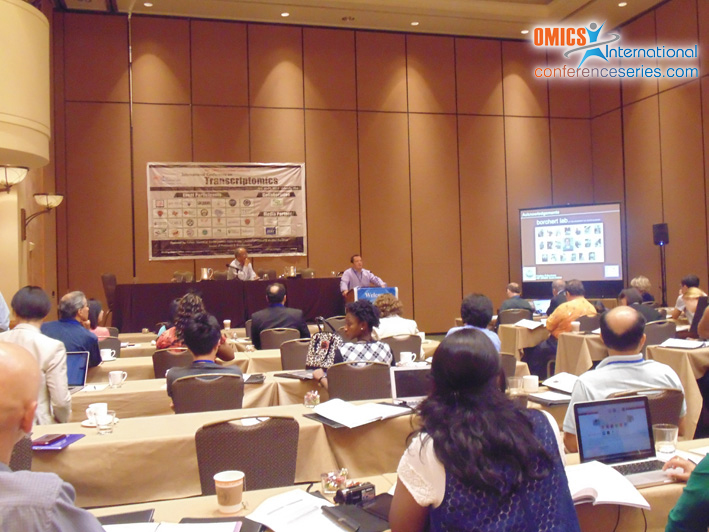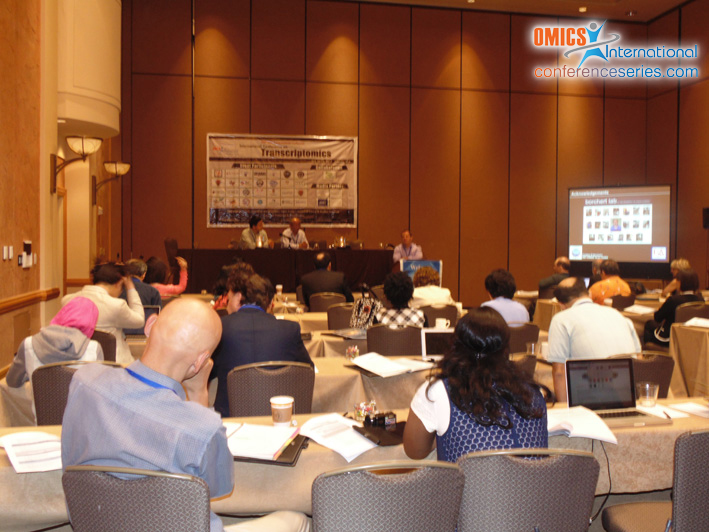
Glen M Borchert
University of South Alabama, USA
Title: Fully mining RNA-Seq data for noncoding RNA analyses
Biography
Biography: Glen M Borchert
Abstract
Breast cancer is the leading cause of female cancer mortality. Strikingly, the two most widely utilized breast cancer cell lines, primary MCF-7 and metastatic MDA-MB-231 breast cancer cells, have been used in over half of all the breast cancer studies in the primary literature. Since these cell lines differ in several well established ways in terms of morphology, invasiveness and physiological responses, we recently performed a RNA-seq analysis examining both their total RNA and small RNA populations in order to identify novel gene candidates responsible for their phenotypic differences. Having successfully generated over 150 million transcript sequencing reads from these cells, we now have extensive coverage of the mRNA and small RNA transcriptomes for each of these lines allowing us to identify specific regulations responsible for characteristic differences between them. To our surprise, distinct examinations of this data have generated three major new lines of investigation for our research. While we find little to no change in the expressions of over 2,500 human microRNAs between these cell lines, we identify 25 miRNAs significantly overexpressed in MDA-MB-231 cells as well as 19 miRNAs overexpressed in MCF-7s. Strongly corroborating the importance of these miRNAs in breast cancer, 39 of these 45 miRNAs have been previously reported as being directly involved with breast cancer pathology and/or the modulation of breast cancer cellular response to chemotherapeutic agents. As such, we are now actively engaged in determining cellular functions for the six new miRNAs we find differentially expressed between MCF-7 and MDA-MB-231 cells likely playing uncharacterized roles in breast cancer pathology. Further computational analyses of our RNA-Seq data identified over 250,000 A-to-I edit sites primarily located in mRNA 3’ UTRs. When these locations were screened against the list of currently annotated miRNAs we discovered that these A-to-I editing events caused a subset (~5%) of human miRNAs to have significantly altered mRNA complementarities leading us to propose that modulating the targets of miRNAs via mRNA editing plays a direct role in the pathology of many carcinomas. And , in a more recent analysis of our RNA-Seq data we compared the snoRNA derived RNA (sdRNA) expression profiles of MCF-7 and MBA-MD-231 cell lines. Excitingly, we find 13 snoRNAs significantly overexpressed (≥10 fold) in MBA-MD-231 cells as compared to MCF-7s. To our surprise, we found microRNA-like fragments derived from all 13 snoRNAs were expressed in MBA-MD-231s. Moreover, additional experimentation finds small RNA reads from 10 of 13 small RNA-generating snoRNAs are complexed with Ago following immunoprecipitation suggesting their active involvement in RNAi and potential relevance to breast cancer pathology. In summary, we find RNA-Seq provides a comprehensive, quantitative, and unbiased view of RNA sequences allowing for the ready discovery of novel observations unobtainable with previous technologies and that the data generated by a single RNA-Seq can lead to numerous new lines of investigation.






